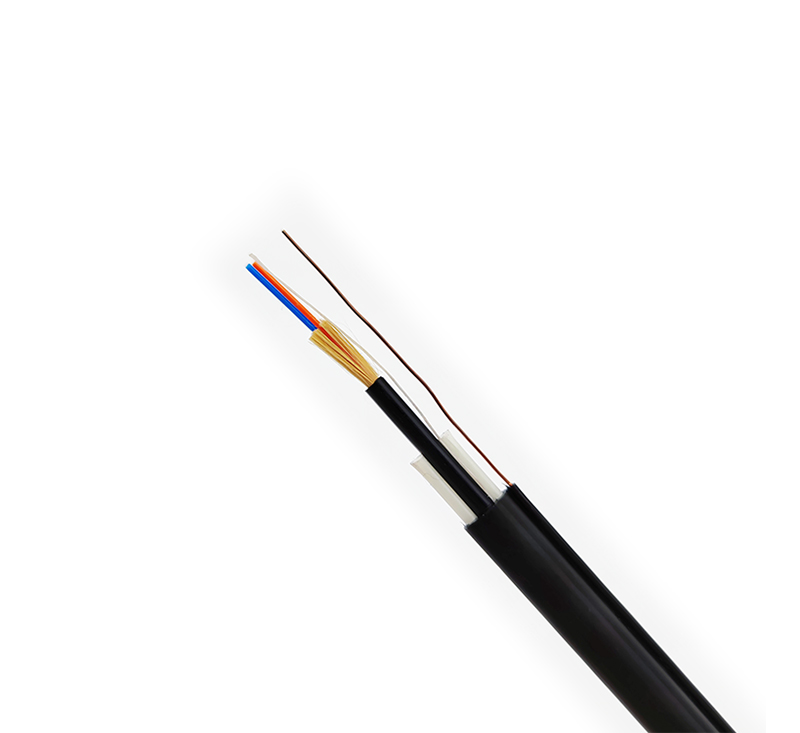Cable is a general term for optical cables, cables and other items. There are many uses of cables, mainly used for multiple functions such as control installation, connection equipment, and power transmission. It is a common and indispensable thing in daily life. Since the cables are live, installation requires special care.
1. Cable connectors of 6kv and above.
A. When installing the cable terminal, the semi-conductive shielding layer must be stripped off, the insulation must not be damaged during operation, knife marks and unevenness should be avoided, and sandpaper should be used to smooth it if necessary; the shielding end should be flat, and the graphite The layer (carbon particles) is cleaned up.

B. The copper shield and steel armor at the end of the plastic insulated cable must be well grounded. This principle should also be followed for short circuits to avoid induced electromotive force at the end of the steel armor during three-phase unbalanced operation, and even "fire" and burn the sheath. wait for the accident.
C. The three-phase copper shield should be connected to the ground wire respectively. Note that the shield ground wire and the steel armor ground wire should be drawn out separately and insulated from each other. The position of the welding ground wire should be as low as possible.
2. Basic requirements for cable end and intermediate joint: a. Good conductor connection; b. Reliable insulation, radiation cross-linked heat-shrinkable silicone rubber insulating material is recommended; c. Good sealing; d. Sufficient mechanical strength, Can adapt to various operating conditions.
3. The cable end must be waterproof and eroded by other corrosive materials to prevent breakdown due to the aging of the insulating layer caused by water trees.
4. Cranes or forklifts must be used for the loading and unloading of cables. Horizontal transportation and laying are prohibited. When installing large cables, a cable car must be used to prevent the cables from being damaged by external forces or scratching the insulation layer due to manual dragging.
5. If the cable cannot be laid in time for some reason, it should be stored in a dry place to prevent sunlight exposure and water entering the cable end.
6. The distance of 2m should be kept between the mine cable and the thermal pipeline when installed in parallel, and 0.5m should be kept when they cross.
7. The distance of 0.5m should be maintained when the cable is installed in parallel or crosswise with other pipes.
8. When the cable is directly buried, the buried depth of the 1-35kV cable should not be less than 0.7m.
9. When the cables of 10kV and below are installed in parallel, the clear distance from each other is not less than 0.1m, 10-35kV is not less than 0.25m, and the distance when they cross is not less than 0.5m.
10. The minimum bending radius of the cable, the multi-core cable shall not be lower than 15D, and the single-core cable shall not be lower than 20D (D is the outer diameter of the cable).
Langfang Xinghua Cable Co., Ltd. specializes in the production of high and low voltage power cables of 35KV and below, rubber sheathed cables, mining cables, control cables, steel-cored aluminum stranded wires, aluminum stranded wires and environmentally friendly low-smoke halogen-free cables, flame retardant and fire-resistant There are more than 6,000 kinds of wire and cable products in 300 categories such as cables and aluminum alloy cables.










